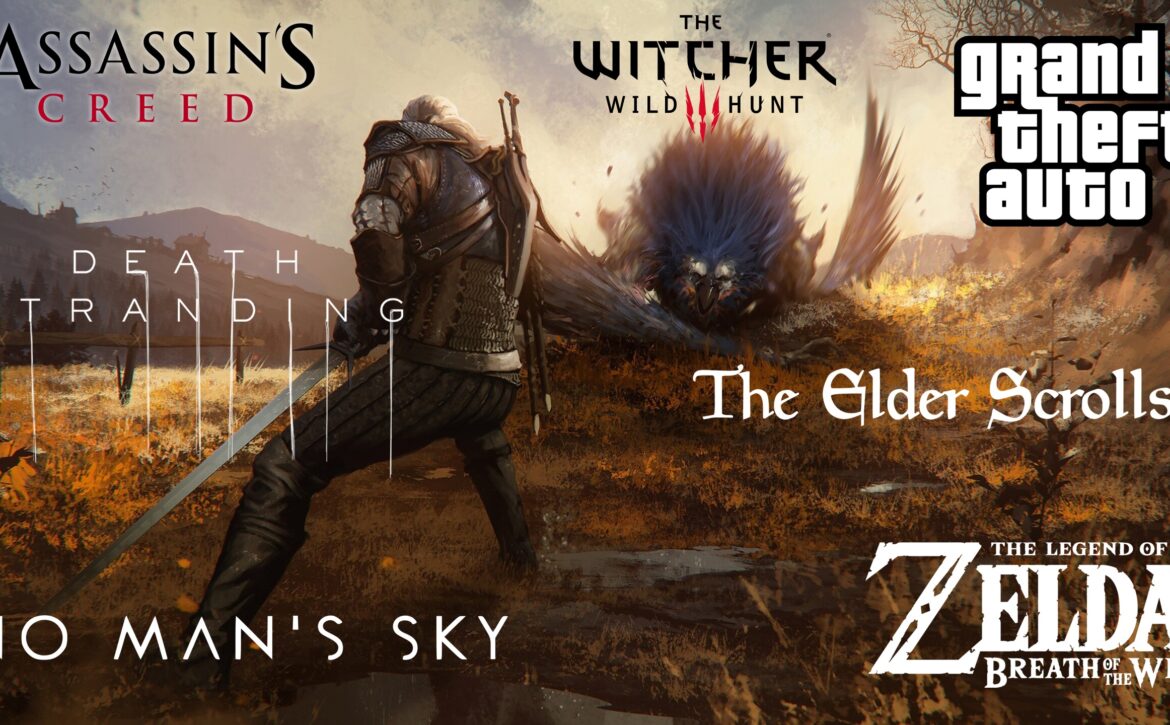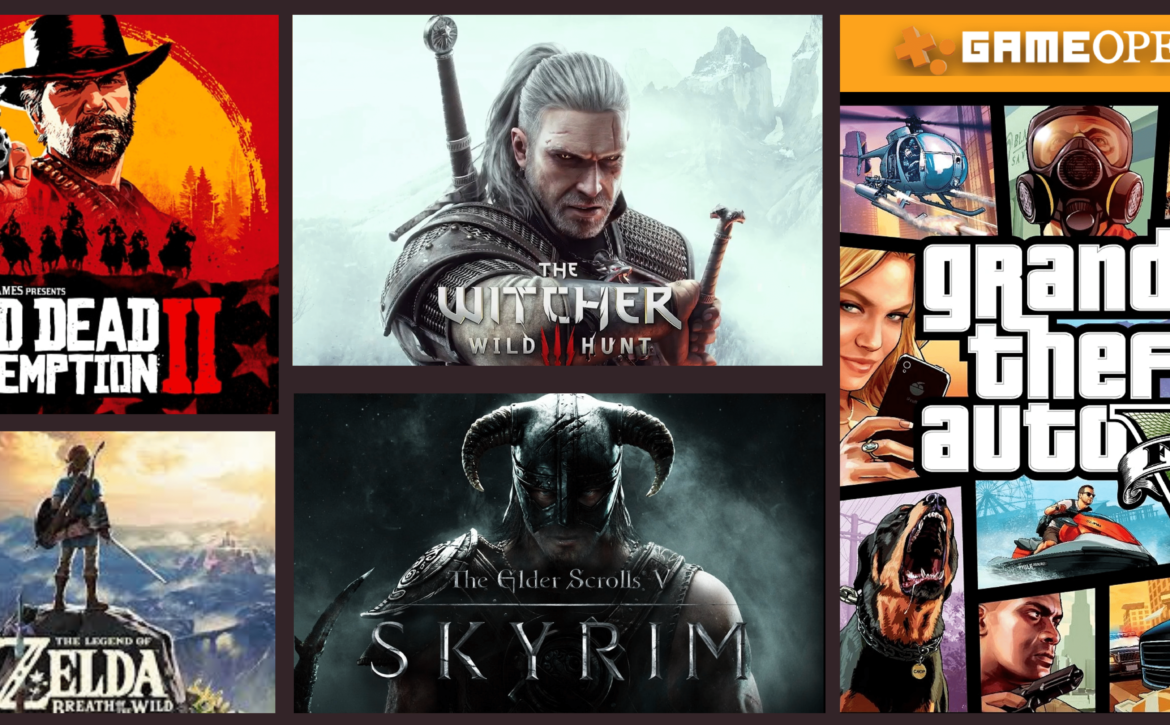The Evolution of Open-World Games
Learn how open world games evolved to deliver immersive experiences in expansive environments.
Learn how open world games evolved to deliver immersive experiences in expansive environments.
On November 11, 2011, Bethesda released The Elder Scrolls V: Skyrim and a week later, Mojang officially released version 1.0 of Minecraft – both were open-world games whose enormous success would make them household names, and they marked a watershed moment in open-world gaming – some of the finest games in this genre would be released in the years following the success of Skyrim and Minecraft.
Open-world games such as these, and open-world franchises such as Grand Theft Auto, Red Dead Redemption and The Elder Scrolls are some of the most iconic and successful IPs in gaming history. In this blog we define open-world games and provide a brief history of the genre from its origins in Elite (1984) to its golden age in the second decade of the twenty-first century. We also cover many of the seminal open-world games – titles that took the genre to new heights.
An open-world game features a non-linear game world design where the player is able to freely traverse the environment, which consists of many different areas and structures that can be visited any time. Players are not restricted to a specific path that they have to follow to reach a location, though certain areas of the game can be accessed only after the player reaches a certain point in the game. The open world may be procedurally generated or pre-created.
Exploration is the heart of open-world design – players can access various locations, many of which feature their own biomes, Players can also often tackle missions in any order – many open world games feature side quests and activities that one can pursue while the main questline remains unfinished. An open world contains many usable in-game objects, collectibles and loot, and NPCs who react to what you do, and a game world that can dynamically change based on your actions. Many games feature activities that have nothing to do with character progression – GTA V has golfing, paragliding and more, while Skyrim allows you to play tag with children and read dozens of books. All these qualities of the open-world game engender a strong sense of immersion.
The history of the open-world game can be traced back as early as 1976, although the first game we would recognize as a 3D open world is GTA III (2001). In this section, we will chart the history of open-world games from Elite (1984) to present-day open worlds such as in Elden Ring.
Ars Technica considers the 1976 text adventure game Colossal Cave to be the first free-roaming game, though it credits the space sim Elite (1984) for being a game that would be recognizable as open world to modern audiences – its wireframe planets and spaceships can look primitive today but was cutting-edge at the time. Elite used procedural generation to create its universe and instil a sense of vastness.
The Legend of Zelda (1986) emphasised exploration and non-linear gameplay in a world filled with discoverable locations. Though it did not pioneer open-world mechanics, it was one of the first games to make exploration a key aspect of gameplay. As an IGN article observes, Zelda featured simple combat and an overworld that led to dungeons, where you killed enemies and collected treasure, in a gameplay loop that rewarded exploration consistently.
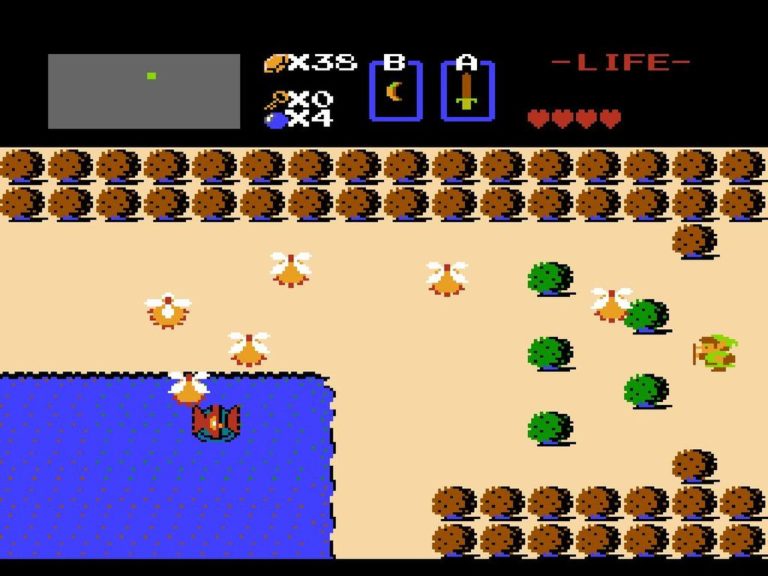
Turbo Esprit (1986) and Vette (1989) could be considered the forerunners of open-world racing or driving games such as Forza Horizon and Burnout Paradise. Turbo Esprit allowed you to choose between four cities, where you tailed drug runners and disabled their cars before they reached their destination. Vette was a one-on-one street racing game set in San Francisco, but you could drive in any direction if you preferred. Both games gave you a city you could drive around, and Turbo Esprit let you choose your own goals, without forcing you into any missions.
Nintendo followed up Zelda with the revolutionary 3D platformer Super Mario 64 (1996), which allowed players to freely explore a 3D world. 3D games had existed before, but Super Mario offered an open-ended free-roaming world. The game also introduced novel jumping mechanics that Mario could use to traverse various platforms, giving a sense of spontaneity to moving around the game world.
The first generation of the Pokemon games (Red, Green, Blue and Yellow) also featured open worlds that could be explored as the player quested to master Pokemon battling and collect all the Pokemon in the world. The subsequent generations of Pokemon games also continued the open-world design philosophy and have been significant in open-world gaming in handheld consoles.
1998 saw the release of the seminal Legend of Zelda: Ocarina of Time, the first 3D game in the Zelda series, set in the expansive world of Hyrule, which Link navigates to defeat the evil king Ganondorf. Player characters could explore the open overworld and its dungeons, collecting weapons and other loot. Many of its side-quests were also optional, allowing the character to chart their own journey to defeat Ganon.
Grand Theft Auto III (2001), which featured a 3D open world that could be fully explored, can be considered a precursor to the open-world game as we understand it today. Players could go inside some buildings and see the world from street level, kill NPCs and explore the possibilities of a fully-3D world while driving around in vehicles. NPC’s would react to your actions and criminal activity could attract the attention of the authorities. The environment was not just a setting but a real part of the gameplay.
GTA III was the best selling game of 2001, a year filled with watershed games such as Metal Gear Solid 2, Halo, and Super Smash Bros. It has since sold 14.5 mn copies, and inspired multiple clones over the years.
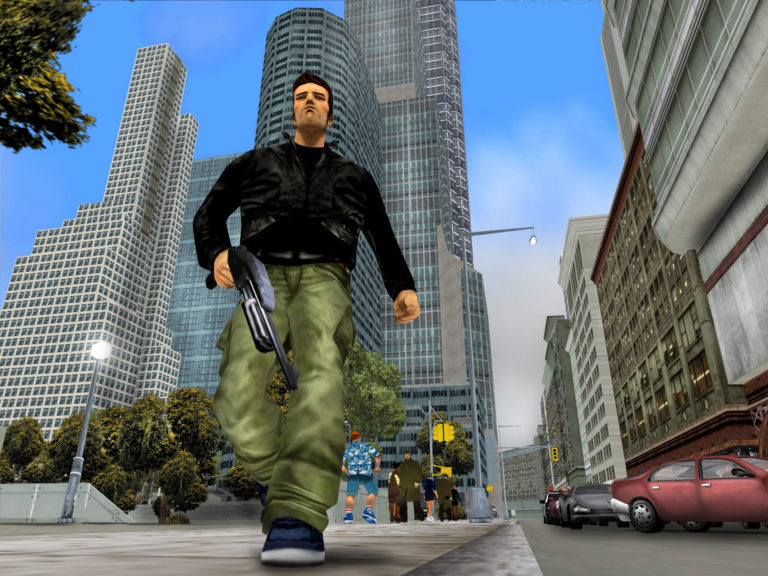
Bethesda released Morrowind in 2002 and Oblivion in 2006, both open-world titles that now rank among the greatest games ever made. Both offered a great degree of freedom, a hallmark of Bethesda’s open worlds. The games featured RPG elements such as character classes, skill progression and more, all of which made each player character unique to the player. Oblivion’s main quest-line and side-quests are some of the most memorable in the Elder Scrolls series.
Test Drive Unlimited (2006) was probably the first recognizable open-world driving game as we know it today. Need for Speed: Underground 2, released in 2004, had set its races in an open world, but Test Drive Unlimited made exploration the main gameplay element. Set in a Hawaiian island, the game turned driving into an ‘open-ended, self-determined and leisurely pursuit’. You could just go for a drive, and the island’s complex system of roads meant that each drive would be quite unlike any other. Like any great open-world game, Test Drive Unlimited let you choose what you did – you could race through the streets, or cruise through the island, taking in the sights, or even launch yourself off a hill.
Soon after, the makers of the Burnout racing series released the free-roam Burnout Paradise (2008), which would go on to rank as one of the most influential open-world games and will be discussed below. Games such as these would lead to titles like Forza Horizon (2012), The Crew (2014), and multiple open-world Need for Speed releases.
In the second half of 2000s, Ubisoft would launch the highly-successful Assassin’s Creed franchise, which would place players in historical open world settings. The first title in the series takes place in 12th-century Jerusalem, while Assassin’s Creed II (2009) and Assassin’s Creed: Brotherhood (2010) are set in Renaissance Italy. As the franchise’s in-house historian Maxime Durand says, “History is our playground,” and the AC series is renowned for its attention to detail in fleshing out historical settings and has even created game modes that can be used in class-room settings.
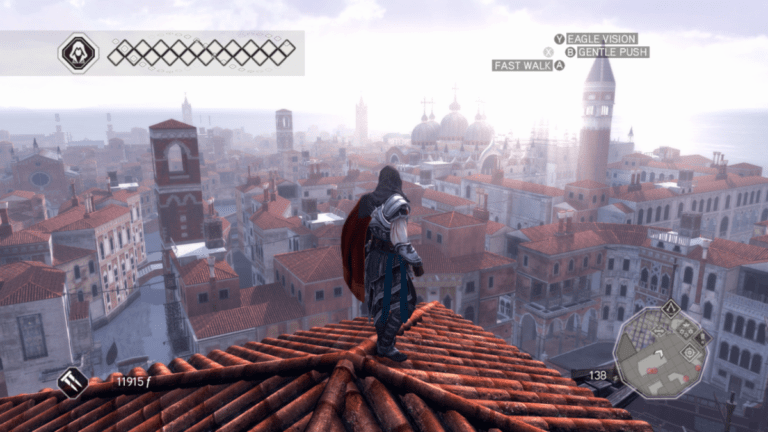
Red Dead Redemption (2010), Rockstar’s gritty, realistic western game, would mark the end of a decade that saw the rise of modern open-world gaming. The game is hailed as one of the best westerns ever made, thanks to its powerful quest-lines, strongly-written characters and its elegiac portrayal of the dying West.
The golden age of open-world gaming can be said to have begun with the release of Skyrim and Minecraft in November 2011. Skyrim shipped 7 million copies within the first week of its release and has gone on to sell 30 million copies, making it the second-best selling RPG of all time, while Minecraft has gone to greater heights, becoming one of the best selling games of all time. Both games would appeal to demographics beyond core gamers.
Bethesda created one of its most fully-realised worlds with Skyrim, offering tons of activities and explorable locations in an epic, hand-crafted fantasy world inspired by Norse mythology. Minecraft, on the other hand, was an immense procedurally generated voxel-based sandbox world where you could give free rein to your creativity. Both games inspired game makers to take open-world gaming to new heights.
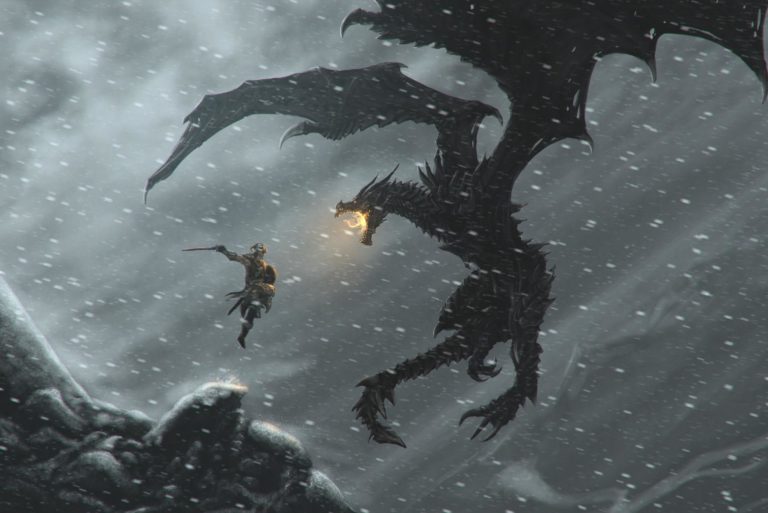
The next few years would see a host of marvellous open-world games, including Grand Theft Auto V (2013), Middle-Earth: Shadow of Mordor (2014), The Witcher 3: The Wild Hunt (2015), The Legend of Zelda: Breath of the Wild (2017), Red Dead Redemption 2 (2018) and many more, such as Fallout 4 (2016) and Kingdom Come: Deliverance (2018).
These games pushed the boundaries of the open world even further – they offered myriad ways to travel within the game world, featured superbly-written questlines, and had beautiful locations that made exploration worth it. Many of these games introduced mechanics that would enrich gameplay, such as Shadow of Mordor’s Nemesis system, wherein enemy orcs rise and fall in the hierarchy based on their combat experience with the player character. Horizon Zero Dawn created an open-world quite unlike any other, setting the game in a post-apocalyptic earth teeming with animal automatons.
The Assassin’s Creed series also expanded the breadth and depth of their open world with titles such as Origins (2017), set in ancient Egypt, Odyssey (2018), set in ancient Greece and Valhalla (2020), set in the Viking age. Like previous games in the franchise, these games rendered historic settings in minute detail, but they also featured a slew of side quests in sprawling game worlds that could be traversed on both land and sea.
Death Stranding (2019) turned traversal into the main challenge in the game and the beautiful Samurai epic, Ghost of Tsushima (2020), marked the end of a decade that saw some of the greatest open-world games ever made.
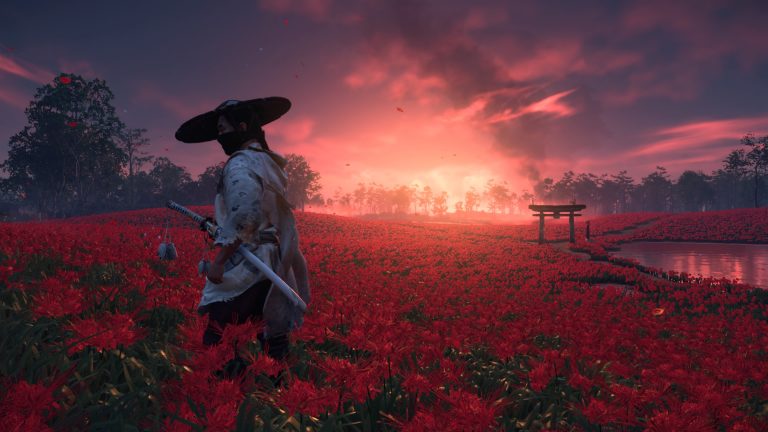
Open-world titles are still prominent today, as indicated by games like Horizon Forbidden West (2022) and Elden Ring (2022). Halo Infinite (2021) is the first Halo game to incorporate open-world elements into its design, and Elden Ring is the first Souls-like game to go open-world. Upcoming games such as Hogwarts: Legacy (2022), Forspoken (2023), and Starfield (2023) – Bethesda’s first new IP in 25 years – indicate that the genre is far from fading into irrelevance.
In the next section, we will delve into some of the best and most influential open-world games, and how they pushed the genre to new heights.
The best open-world games rank among the greatest games ever made, and in this section, we take a closer look at some games that have delivered unique open-world experiences, enabling gamers to create their own journey through vast worlds that seem to have a life of their own, with a host of NPCs, missions, side-quests and locations offering endless possibilities.
The table below contains Metacritic’s top twenty open-world games, in chronological order, culled from a list of its best-rated games of all time. We will discuss some of these games in greater detail based upon the impact they had – and as many of these games are part of larger series, we choose one game from the franchise that has most influenced the game industry or open-world gaming. As a result, Skyrim is chosen over Morrowind or Oblivion, and GTA III is chosen over GTA IV or V – all of these titles rank among the best games ever, but Skyrim and GTA III have had the most impact – the former brought Bethesda’s open world to a far wider audience, while the latter helped pave the way for the 3D open world as we know it today. Minecraft – the lowest rated among the top 20 – is also discussed at length because of how it utterly changed what you could create in an open game world. We also discuss The Witcher 3: The Wild Hunt, which has the same rating as Minecraft, for its brilliant story-telling and quest design.

This game was the first Zelda title to feature 3D graphics – players could explore Hyrule and its various locations and peoples on their quest to defeat the evil king Ganondorf. Distant landmarks on the horizon could actually be visited and secret locations could be broken into by destroying walls at certain weak points, and the novel ‘Z targeting’ system allowed Link, the protagonist, to lock onto enemies or in-game objects. A single button performed various context-sensitive actions – Link would mount his horse with the button if Epona was nearby and throw a bomb if he had one in his hands. Optional side quests yield loot that Link can trade with various NPC and the game world had a life of its own.
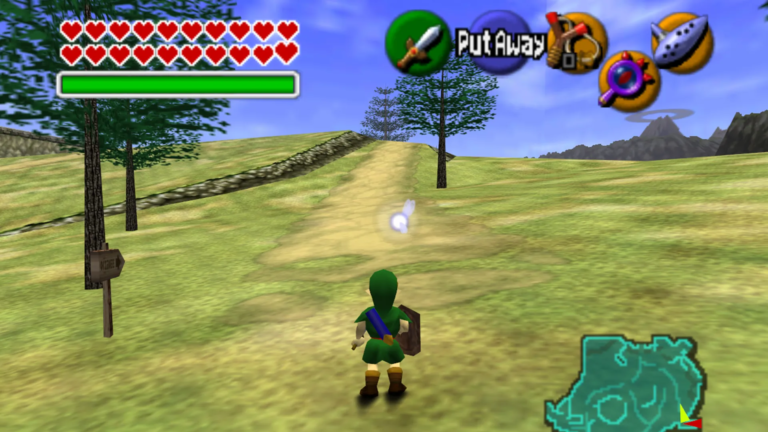
Along with Zelda: Ocarina of Time, Grand Theft Auto III paved the way for the modern 3D open-world genre as we know it today. Unlike the Zelda title, GTA III was set in a realistic game world – the fictional Liberty City, which draws inspiration from New York. Players could explore the game world freely in between missions, and could tackle side-quests in any order, while progressing through the main mission. Driving around the streets of Liberty City gave an unprecedented sense of freedom, especially since you could drive off-road and launch yourself off ramps in the game world. Rockstar also raised the bar for voice acting by casting recognizable Hollywood names for major NPCs. GTA III was all about creating a virtual world that players wanted to return to again and again, and spawned numerous imitators, such as Mafia (2002), True Crime: Streets of LA (2003), The Getaway (2002) and the Saints Row franchise.
Strictly speaking, Burnout Paradise is a racing game set in the fictional open world of Paradise City. But it’s so much more. It actively encouraged players to drive dangerously fast, destroy billboards and other city structures, hurtle down the wrong side of a flyover, launch oneself off ramps, and cause all sorts of mayhem and finally crash in spectacular fashion. Even Metacritic makes note of this – ‘Burnout Paradise proves that crashing is awesome!’
The game also offered races, time trials, stunt runs and other activities at every intersection, but many gamers ignored these missions, choosing instead to explore the city or use the game’s social features, and attempt increasingly absurd driving stunts. Player freedom and exploration – two of the defining characteristics of an open-world game, are central to the gameplay in Burnout Paradise.
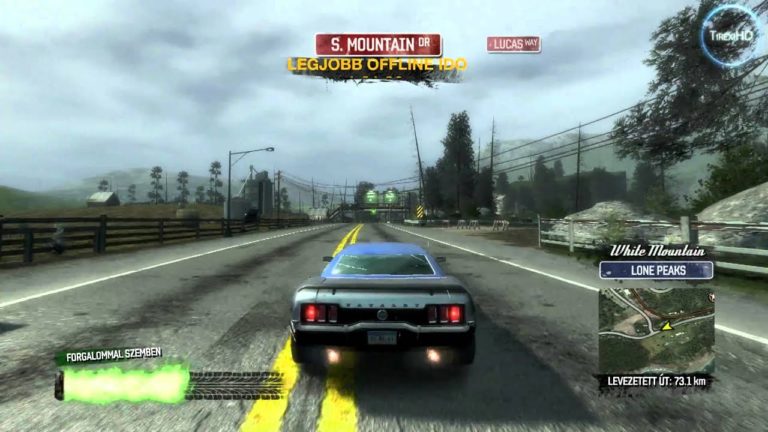
You are the hero, you make the story. Your quests take you through other points of interest, which lead to more quests, which in turn lead to other points of interest and so on. Player freedom is nearly sacrosanct in Skyrim: you can postpone the main quest indefinitely, explore Skyrim entirely on your own terms and the smallest details, like a book, could lead to a compelling new quest. Skyrim also allows you to customise your character’s looks, choose your race, and upgrade your skills and gear as you progress through the game world. To be sure, Morrowind and Oblivion had already pioneered such gameplay elements, but Skyrim implemented them on a far grander scale and brought the series’ open-world RPG mechanics to a far wider audience. As one critic puts it, many open-world games such as Kingdom Come: Deliverance, Dragon’s Dogma: Dark Arisen, The Witcher 3 and even The Legend of Zelda: Breath of the Wild would draw inspiration from Skyrim, marking its resounding effect within the industry.
Minecraft is a massive procedurally generated open-world sandbox where the player can unleash his creativity in ways that are quite impossible in other games. Players can build just about anything, from a log-house to a computer, in this voxel-based world that comes with its own unique biomes. Players have built monumental structures in the game world, including giant golden bricks, replicas of real-life buildings, working calculators and computers, and much more. Minecraft became a word-of-mouth sensation soon after release and went on to become one of the best-selling games of all time. Minecraft not only fosters exploration, but it also allows you to remake the world however you see fit: players mine for materials by hacking away parts of the game world and resources harvested this way can be used to create structures of stunning complexity, making Minecraft the ultimate sandbox open-world game.
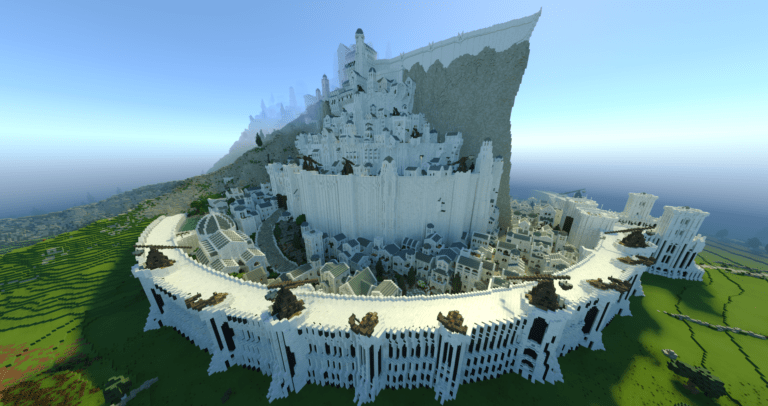
The Witcher 3: The Wild Hunt (2015) is an open-world game that stands out for its depth and breadth – it focuses on brilliantly-written quests and a fully-realised player character, and does away with trivial side missions to make most quests weird and interesting. Witcher’s narrative quests are some of the most compelling in gaming, and exploring the world is hence a thrilling experience, because of the sheer variety and depth in each quest you will uncover.
The Witcher 3 is one of the few games that does not trade in narrative complexity for the freedom and non-linearity of the open world. As one of the lead developers said, “[Our] goal … was to not compromise on the quality of our quests and stories by having them take place in an open world.” Quests fit organically in the game world, allowing players to stumble upon them naturally. Many of these missions are interlinked, so even tackling them in non-linear fashion can allow players to experience all the connected activities, which together tell a cohesive story.
The game is also gorgeous, inviting the player to explore its huge map, and with its attention to detail, brilliant quests and story-telling, The Witcher 3 is one of the greatest open-world games to date.
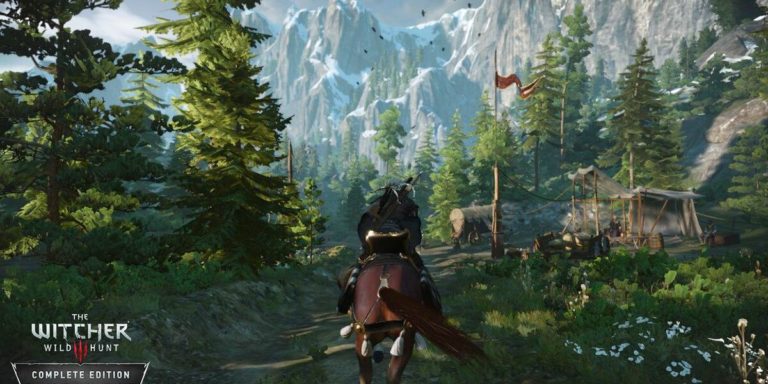
The Legend of Zelda: Breath of the Wild (BOTW) represents open-world design at its finest. Almost everything in this game is optional. In fact, nothing stops you from challenging Ganon by going to Hyrule Castle the moment the game starts – you might lose initially as you are not yet acquainted with how the game works, but may well succeed after a few attempts. The game does not compel you to discover all of its treasures, and you can explore the lovingly-crafted game world at your own pace. The game achieves true non-linearity by not forcing any narrative or questline upon exploration, and its open world is fully traversable – you can climb up almost any surface, bridge a valley with a felled tree, fly through the air with a paraglider and even drive a fantasy motorcycle through Hyrule. Traversing the world can be challenging as well, requiring you to wear warm clothing in cold weather and sheathe metal weapons while in the open during a thunderstorm (to prevent being struck by lightning). But such survival elements are implemented with a light touch, and never result in repetitive chores.
In many ways, this game is the culmination of all the open-world Zelda titles that led up to it – Breath of the Wild is the best-selling Zelda game of all time and is a huge system seller for the Nintendo Switch as well.
Red Dead Redemption 2 (RDR 2), the second instalment in the Red Dead series, is a prequel to the original and one of the most cinematic open-world games ever made. Thanks to its exceptional quality of writing, Arthur Morgan emerges as a fully realised character and one of the greatest protagonists to date in Rockstar’s history, and even side characters have compelling story arcs that make you care for them. The game has a bewildering number of easter eggs, including a UFO and a vampire, and players continue to explore the massive game world to this date for its hidden treasures.
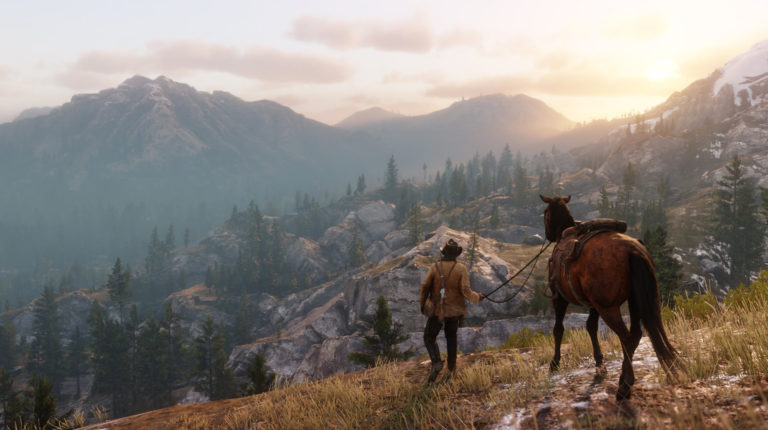
Rockstar also limited player freedom in meaningful ways in RDR 2, by requiring the player to rest, eat, wear protective clothing and even take care of his horse, and by introducing serious consequences to breaking the law – being a criminal results in a bounty on your head that seriously restricts freedom of movement, and thereby limits your ability to gather resources, find new missions or explore the game world. In Red Dead Redemption 2, Rockstar subverts the lawless freedom of the GTA series to create a more immersive, realistic narrative that portrays the hard life in the American west.
Red Dead Redemption 2 is among the top ten best-selling games of all time, and thanks to its powerful story, graphics, gameplay and open world, it is considered one of the greatest games ever made.
When looking at the industry’s seminal open-world titles, one is struck by the variety in these games’ design. All feature open worlds, non-linearity, traversal, adventure, discovery and exploration, but they differ radically in how they create their worlds. Player freedom is central to Skyrim, but it is curtailed in Red Dead Redemption 2. GTA III lets you live the life of a gangster, but in BOTW and Skyrim, you are the world’s saviour (of course, in Skyrim you can also be a vampire or a thief or an assassin, or a werewolf or all four at once, but you are still the only one who can rid the world of the world eating dragon Alduin). RDR 2 is a tragic western while Minecraft has no story, focusing instead on letting the player create anything in the game world. All these games have pushed the boundaries of open world gaming, but have also pulled it in different directions.
It is more than likely that ambitious game developers will continue to make and remake the open world, inspired by seminal titles and their own vision. Elden Ring for example, eschews map markers and lets you discover the world without much guidance – it is the first Souls-like game to go open world and retains the difficulty of the Souls genre. In the coming years, we can expect more iterations on what is now a staple of the industry – the open world game is not just a treasure trove for gamers, but a well of inspiration for developers as well.
In a subsequent blog, we will discuss the evolution of open-world games – how developers built on the efforts of pioneers to create open worlds of increasing complexity, depth and scope.
Gameopedia works with clients across the industry on custom requests and can provide in-depth data about open world games. Reach out to us for data that can yield novel insights about open-world gaming.

